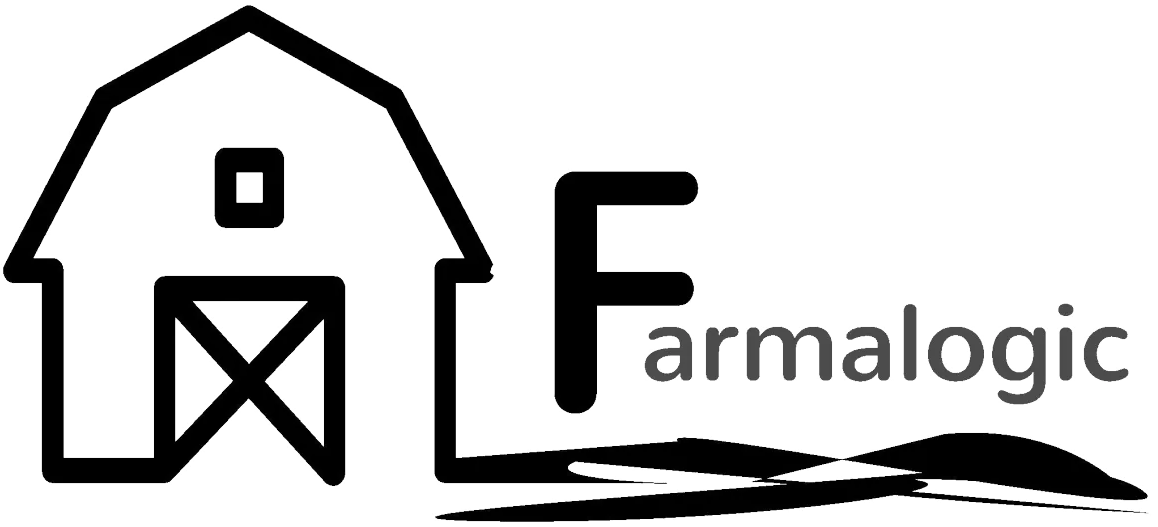Although omega-3 supplementation for broodmares is proven to boost fertility, mares should be on a regime of good basic nutrition with correct mineral balance and adequate calories and proteins at least 3 to 6 months prior to breeding. They should not be over or under weight, just maintaining a healthy body condition. This allows their bodies the best chance to cycle normally in the spring and be well prepared to grow a healthy foal.
Modern equine breeding enterprises also take advantage of research conducted over the last 20 years into utilising omega-3 fatty acids to further boost mare fertility and improve the rates of positive pregnancies after the first cycle of mating.
In the 48 hours after breeding, natural inflammatory processes in the mare’s uterus expels fluid containing semen, bacteria and other debris as part of a normal defence system to prevent infection. Some mares are susceptible to a condition known as persistent post-breeding endometritis (PPBEM) which occurs where the uterine cleaning mechanisms fail, and inflammation persists beyond 48 hours causing the uterus to hold excess fluid which is toxic to the embryo when it enters the uterus five to six days after ovulation. Additionally sperm motility is reduced by the accumulation of neutrophils (specialised white blood cells) present in the inflamed uterus which further reduces the chances of successful fertilisation and pregnancy.
Mares with PPBEM have an increased rate of embryonic loss and a lower overall pregnancy rate than those without the condition, causing considerable financial loss to horse breeders. PPBEM has been identified as the major reason for mares failing to conceive. It is thought to affect approximately 15% of Thoroughbred mares after natural cover. Furthermore, early embryonic death rates are three times higher in mares with this condition than in normal mares.
Fortunately, carefully timed insemination and management practices including supplementation with eicosapentaenoic acid (EPA) and docosahexaenoic acid (DHA) omega-3 fatty acids have been shown to reduce the incidence of PPBEM in mares bred naturally and with frozen semen.
Research demonstrates that EPA and DHA supplements may improve mare fertility with:
- More mares in foal first cycle
- More mares in foal during foaling heat
- Improved blood flow to support growth of a new dominant follicle
- Increased follicle size and egg viability
- Enhanced embryo quality
- Reduced risk of uterine infection.
Omega-3 supplementation also supports the general health and well-being of mares through benefits to skin, reduction of itch, enhanced immune system function, maintenance of normal respiratory health, improved insulin sensitivity in overweight horses and reduced inflammatory hormones in joint fluid, indicating potential benefits to aging or arthritic broodmares.
Supplementation with marine-sourced omega-3s (DHA and EPA) improves colostrum quality and facilitates normal development of the brain and nervous system in foals.
When should I supplement omega-3?
Research shows improved fertility when mares begin omega-3 supplementation at least 60 days prior to insemination. Benefits continue for both the mare, foetus and subsequent foal when supplementation continues throughout pregnancy and lactation until weaning and is then transferred into the foal’s diet until maturity.
How should I choose an Omega-3 Supplement?
The amount and type of fatty acids are not the same in all omega-3 supplements. DHA, EPA and ALA are different types of Omega-3 fatty acids. Horses need all three types to perform different roles in the body.
Green grass, linseeds, linseed oil and chia seeds provide omega-3 fatty acids only in the form of ALA. Horses convert ALA to DHA very inefficiently (less than 10%) and a negligible amount is converted to EPA.
That is why we see such drastically good results from supplementing with very small amounts of algal and marine derived Omega-3 sources that are rich in DHA and EPA. Just 30 g of Farmalogic Omega Balancer (which contains all 3 types of omega-3) is simple to add to the normal feeds and is biologically equivalent to 200 g of linseeds or 60-80 ml of stabilised linseed oil.
Farmalogic Omega Balancer is stable enough to withstand normal feed shed conditions without needing refrigeration and is very economically priced. It is ideal to add to specialist breeding horse hard feeds. Buy Omega Balancer Now or Find a stockist.
A popular option for broodmares on small hard feeds or plain diets (without pre-mixed feeds) is to use an all-in-one vitamin, mineral, probiotic and DHA supplement such as Equine Vit&Min Omega-3 Plus.
A selection of References:
E Maischberger, JA Irwin, […], and VE Duggan (2008), Equine post-breeding endometritis: A review, Ir Vet J. 2008; 61(3): 163–168.
Gutjahr S, Paccamonti DL, Pycock JF, Taverne MA, Dieleman SJ, van der Weijden GC., (2000), Effect of dose and day of treatment on uterine response to oxytocin in mares. Theriogenology. 2000;54:447–456.
Brendemuehl, J.P., K. Kopp, and J. Altman. 2014. Influence of dietary algal N-3 fatty acids on breeding induced inflammation and endometrial cytokine expression in mares bred with frozen semen. Journal of Equine Veterinary Science. 34(1):123-124.



